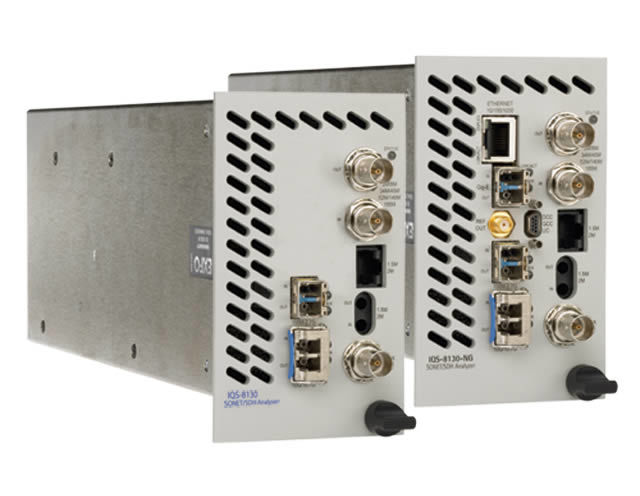serie de módulos de pruebas de SONET/SDH de próxima generación
- Discontinuado desde: 31/8/2014
- Fecha de finalización del servicio y soporte: 31/8/2019

Todos los productos
serie de módulos de pruebas de SONET/SDH de próxima generación

serie de módulos de pruebas de SONET/SDH de próxima generación




